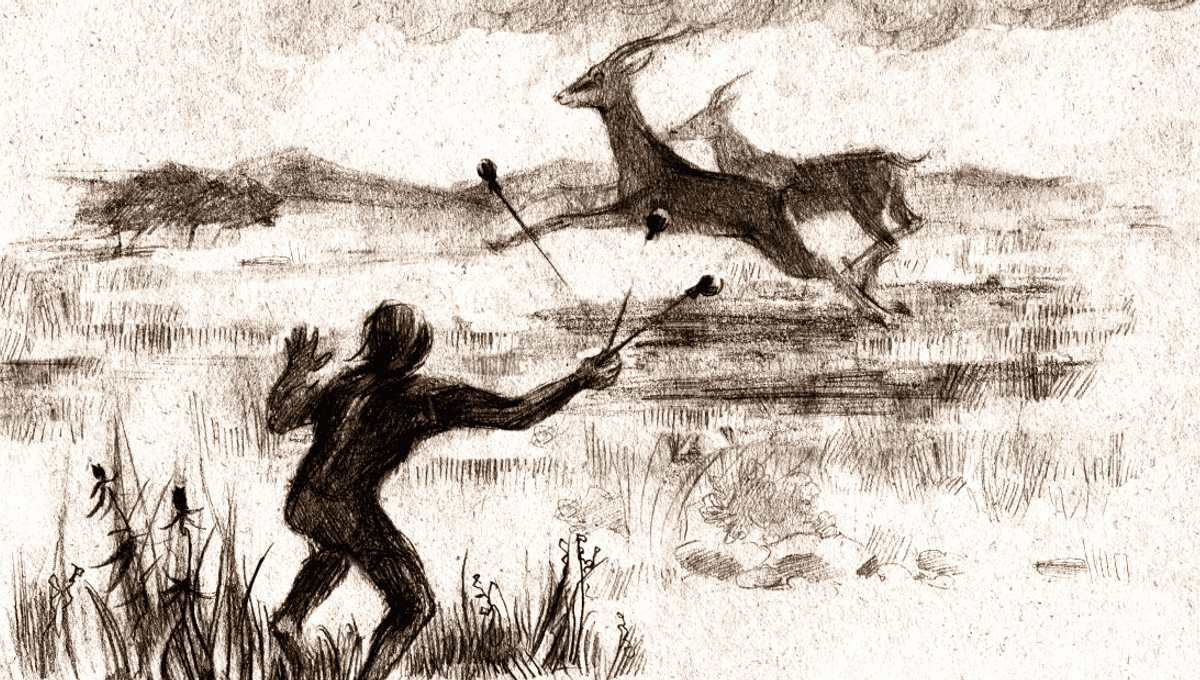
Hunting and gathering are two subsistence roles that describe how humans used to get their food, with females typically being associated with passive gathering, while the aggressive ancient men folk were considered to have gone off and done the active hunting. Not so, says a growing body of research that shows there’s both archaeological and physiological evidence to support the idea that females were proficient and intentional hunters of large animals.
The stereotype has been so persistent in the past that scientists reviewing literature and research from the last 100 years found that even in cases where tools were found alongside the remains of ancient females, previous papers had been reticent to assume these amounted to hunting projectiles. However, a 2020 study into a 9,000-year-old burial site in the Andean highland area of Wilamaya Patjxa, Peru, concluded that there was evidence to support the idea that a “nontrivial” number of females were once hunting big game here.
“We’ve actually discovered a number of burials at the site. But perhaps the most interesting was Individual 6,” Randy Haas, study author and assistant professor of anthropology at the University of California, Davis, told IFLScience. “[They were] interred with a big-game hunting toolkit that included stone projectile points, sharp stone flakes (presumably for butchering), a possible flaked stone knife, hide-scraping tools, and red ocher presumably for tanning animal hides.”
Ancient humans typically didn’t go to their graves with valuable tools or trinkets unless they were significant to their life, so being buried with hunting tools can be considered an indicator that an individual used and treasured those objects before their death. We also see archaeological evidence of females hunting large animals in the injuries preserved in their remains that match those seen in ancient males, as well as modern rodeo clowns that suffer kicks to the face and abdomen.
The work of Cara Ocobock, an assistant professor in the Department of Anthropology and director of the Human Energetics Laboratory at the University of Notre Dame, further supports the idea that females were capable hunters. Combining both archaeological and physiological evidence, Ocobock and her colleague Sarah Lacy, an anthropologist with expertise in biological archaeology at the University of Delaware, published two recent studies that show how prehistoric women not only engaged with hunting, but were anatomically and biologically better suited to it.
They provide physiological evidence that females may be metabolically better suited for endurance activities such as running thanks to the roles of estrogen and adiponectin – both of which are found in higher quantities in female bodies. They modulate glucose and fat, encouraging the body to use stored fat for energy before it turns to carbohydrates.
“Since fat contains more calories than carbs do, it’s a longer, slower burn,” Ocobock explained in a statement, “which means that the same sustained energy can keep you going longer and can delay fatigue.”
Ancient females may also have had an anatomy that was better suited for the test of endurance that is hunting on foot for large game.
“With the typically wider hip structure of the female, they are able to rotate their hips, lengthening their steps,” Ocobock added. “The longer steps you can take, the ‘cheaper’ they are metabolically, and the farther you can get, faster. When you look at human physiology this way, you can think of women as the marathon runners versus men as the powerlifters.”
While females have of course foraged throughout history, it seems it’s time for the fallacy that men exclusively led the hunt to die. We’ll raise a cup of 50,000-year-old bison stew to that.
Source Link: Fallacy Of The Female Forager Is Dead, We've Always Been Proficient Hunters